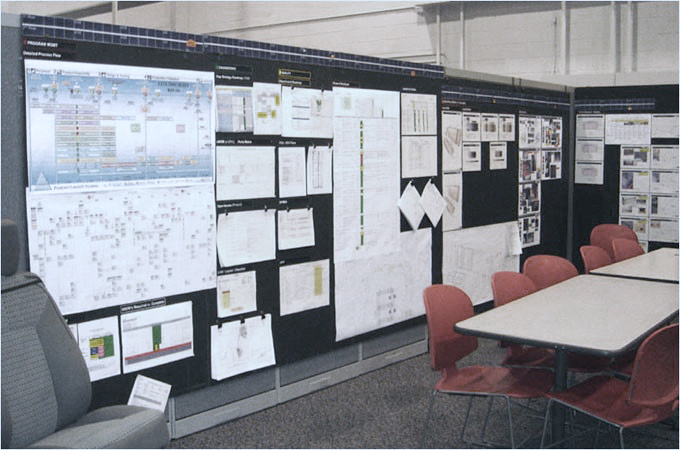11/30/2018
BY: ROGER TOMLINSON
 Successful projects don’t just happen; they require hard work and collaboration from both project managers and team members to ensure all tasks are completed and goals are met, on time and on budget. However, many projects ultimately fail or are abandoned because the team does not work together to achieve shared goals. Much like how two people in a canoe won’t get anywhere if they’re rowing in opposite directions, projects will be doomed to fail if all members are not working towards the same end product.
Successful projects don’t just happen; they require hard work and collaboration from both project managers and team members to ensure all tasks are completed and goals are met, on time and on budget. However, many projects ultimately fail or are abandoned because the team does not work together to achieve shared goals. Much like how two people in a canoe won’t get anywhere if they’re rowing in opposite directions, projects will be doomed to fail if all members are not working towards the same end product.
To avoid this unfortunate fate, project managers can find help with the Obeya room. Coming from the Japanese term meaning “big room,” Obeya rooms, also known as war rooms, are visual tools used by project teams to improve accountability and management of projects. This involves displaying project plans and actions around the walls of a room to be reviewed on a regular basis by those working on the project. This practice provides visibility to all activities involved in completing project objectives, with the goal of speeding up decision-making through improved communication.
One of the most common challenges faced when trying to complete a project is lack of visibility and transparency of the steps that must be taken to complete the project. Obeya rooms overcome this challenge by enabling team members to clearly see their roles and responsibilities in reaching the end goal and orienting everyone in the same direction towards completing the project.
In addition to improving communication, Obeya rooms provide a dedicated space for coordination and problem solving. Visual management is the key to finding success here, as the Obeya room’s walls are covered with charts, tables, milestones, countermeasures and other data or communications for team members to review and act upon. With information laid out in this way, it becomes much easier for team members to stay on track for success and avoid missteps or failures throughout the project’s duration.
A main idea behind creating an Obeya room is to build a culture where managers and stakeholders understand the data they are placing on the walls and can then reflect on where there are gaps or areas for improvement. This review process creates ownership among team members as well as provides visibility into where the project plan might have been derailed. Deviations can then be addressed in the moment with countermeasures established before the plan is too far off track.
Accountability is further supported through frequent “daily” reviews, which highlight responsibilities involved in executing project tasks and apply more pressure on the implementation of corrective actions. For those looking to analyze and improve their project processes more, this also can be great place to begin your daily gemba walks.
Ideally, anybody in the organization should be able to walk into the Obeya room and instantly understand the project’s status. The Obeya room is not about rehashing everything that happened the previous day. Rather, it is about hitting the highlights of the wins and losses, reviewing any missed targets and outlining measures that will be taken to move the organization closer to its goals.
For project managers struggling to establish teamwork, visibility and accountability on their projects, Obeya may be the solution. With the ultimate goal of breaking down walls between team members and getting everyone working on the same page together, Obeya rooms provide big gains in both collaboration and problem solving, two features that are essential in project management.
Those looking for additional project management tools can learn more in The Center’s Practical Approach to Project Management course, designed for anyone from general managers to engineers to quality personnel.
MEET OUR EXPERT

Roger Tomlinson, Lean Program Manager
Roger has been a Program Manager in The Center’s Lean Business Solutions program for 18 years. He has trained and mentored hundreds of Michigan manufacturers in the entire portfolio of Lean strategies and methods (e.g., Kaizen events, Standardized Work, 5S/Workplace Organization, Value Stream Mapping, Total Productive Maintenance, Culture Change, Team Building, operations management and process re-engineering). In addition to his training and consulting work, Roger has over 20 years of experience in manufacturing management.
Since 1991, the Michigan Manufacturing Technology Center has assisted Michigan’s small and medium-sized businesses to successfully compete and grow. Through personalized services designed to meet the needs of clients, we develop more effective business leaders, drive product and process innovation, promote company-wide operational excellence and foster creative strategies for business growth and greater profitability. Find us at www.the-center.org.
Categories: Leadership/Culture,
Lean Principles